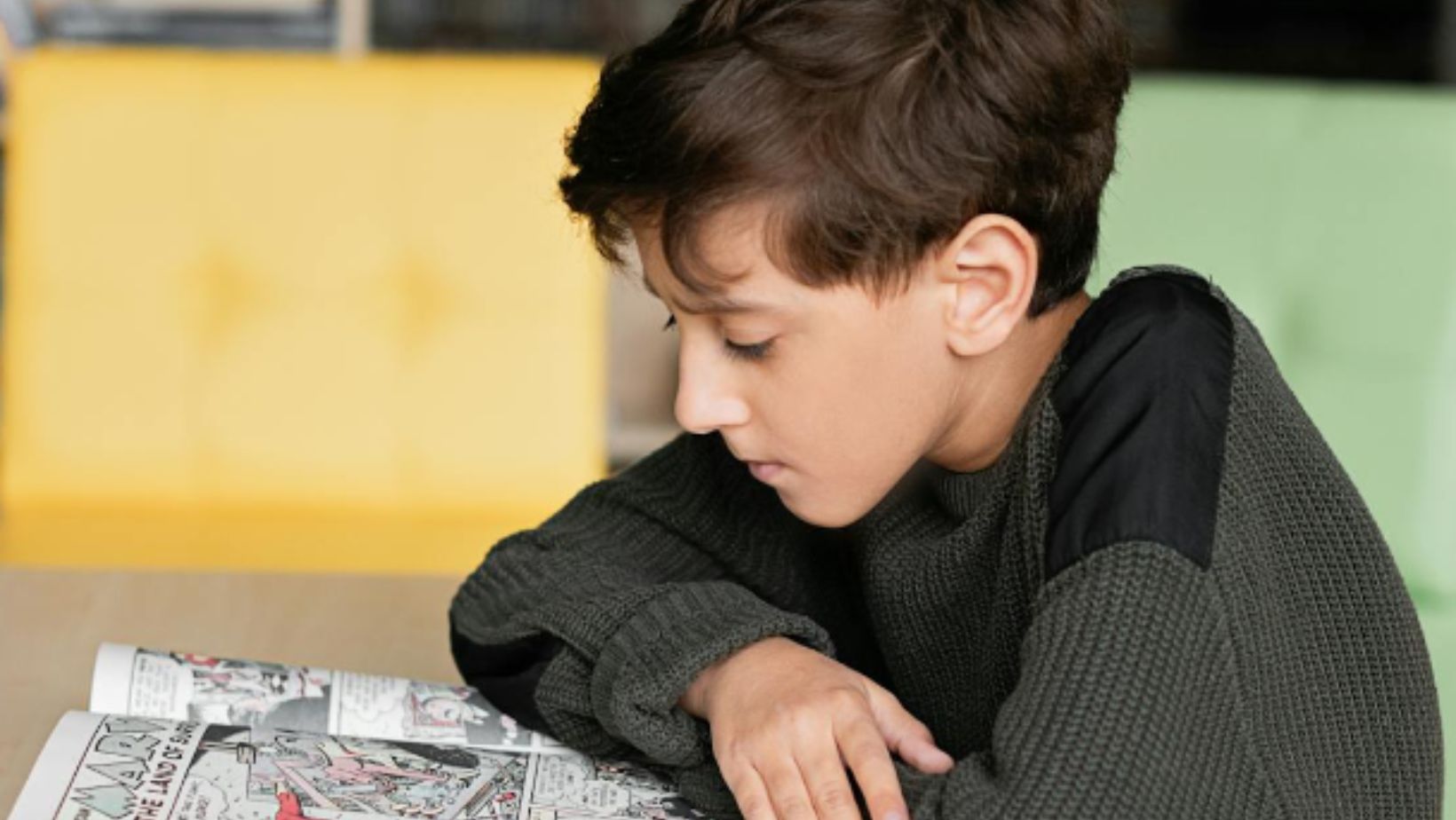
When it comes to teaching history, educators are constantly seeking creative ways to engage students and make the past come alive. One innovative approach that has gained popularity in recent years is the use of comic strips as a teaching tool. Comic strips, with their combination of images and text, provide a unique and visually appealing way to convey historical events and concepts to students of all ages. In this blog post, we will explore the benefits of teaching history through comic strips and how educators can effectively incorporate this innovative approach into their classrooms.
Table of Contents
ToggleThe Power of Visual Storytelling
Comic strips are a powerful form of visual storytelling. They can condense complex historical narratives into concise and easily digestible segments, making it easier for students to grasp key events and concepts. Visual elements, such as characters, settings, and symbols, help students connect with the material on a deeper level. This engagement is crucial to fostering a genuine interest in history.
Furthermore, comic strips that you can create with the help of StoryboardThat, the perfect tool to create storyboards, graphic organizers, comics, and powerful visual assets, bring historical figures to life in a way that traditional textbooks often cannot. By portraying historical figures as relatable characters with emotions and motivations, students can better understand their actions and decisions. This humanization of historical figures can make history more accessible and relatable, helping students connect with the past on a personal level.
Fostering Critical Thinking Skills
Teaching history through comic strips also encourages the development of critical thinking skills. Students must analyze the visuals and text, interpret the historical context, and make connections between different events and concepts. This process of critical analysis not only enhances their historical understanding but also sharpens their overall analytical skills.

Additionally, comic strips often leave room for interpretation and discussion. By presenting historical events in a visually engaging but somewhat simplified manner, they invite students to ask questions and think critically about the nuances of history. This encourages classroom discussions that delve deeper into historical topics, fostering a more profound understanding of the subject matter.
Enhancing Multimodal Learning
One of the advantages of using comic strips in the classroom is their ability to accommodate various learning styles. Students have different preferences when it comes to how they absorb information. Some are visual learners who benefit from images and graphics, while others are more text-oriented. Comic strips offer a perfect blend of both, catering to a wide range of learning preferences.
For example, visual learners can focus on the images and illustrations to grasp the main ideas, while text-oriented learners can read the accompanying captions and dialogue to gain a comprehensive understanding. This multimodal approach ensures that all students have the opportunity to engage with the material in a way that suits their individual learning styles.
Fostering Creativity and Empathy
Creating comic strips can also be a collaborative and creative activity that encourages students to think critically and empathetically about historical events. When students are tasked with designing their own comic strips based on historical events, they must research and deeply understand the context, characters, and motivations involved.
This creative process not only reinforces their historical knowledge but also allows them to put themselves in the shoes of people who lived in the past. Empathy is a crucial skill in history education, as it helps students appreciate the perspectives and experiences of individuals from different times and cultures. Through the creation of comic strips, students can develop a deeper sense of empathy and a more holistic understanding of history.
Practical Tips for Implementing Comic Strips in History Education
Now that we’ve explored the benefits of teaching history through comic strips let’s discuss some practical tips for educators looking to incorporate this innovative approach into their classrooms:
- Choose Appropriate Topics: Select historical events, figures, or concepts that are suitable for representation in a comic strip format. Ensure that the chosen topics align with your curriculum and learning objectives.
- Provide Guidance: Offer clear instructions and guidelines for creating and analyzing comic strips. Encourage students to research and reference primary and secondary sources to ensure accuracy.
- Use Technology: Embrace digital tools and software that make it easier for students to create digital comic strips. This can also introduce them to valuable digital literacy skills.
- Foster Collaboration: Consider group projects where students collaborate to create a single comic strip or a series that covers different aspects of a historical period.

- Encourage Discussion: After students have created or analyzed comic strips, facilitate discussions that encourage critical thinking and reflection. Encourage students to share their interpretations and insights.
- Assess Creativity and Content: When evaluating students’ work, consider both the creative aspects of their comic strips and the accuracy of the historical content. Provide constructive feedback to help them improve.
- Showcase Student Work: Display or share the best comic strips in the classroom or school to celebrate students’ achievements and inspire others.
Conclusion
Teaching history through comic strips is an innovative and effective approach that harnesses the power of visual storytelling, fosters critical thinking skills, accommodates different learning styles, and encourages creativity and empathy. By incorporating comic strips into history education, educators can make the past come alive for their students in a way that is engaging, memorable, and enriching.
This approach not only enhances historical understanding but also equips students with valuable analytical and creative skills that will serve them well in their academic and personal lives. So why not give it a try? Your students might just discover a newfound passion for history through the world of comic strips.






